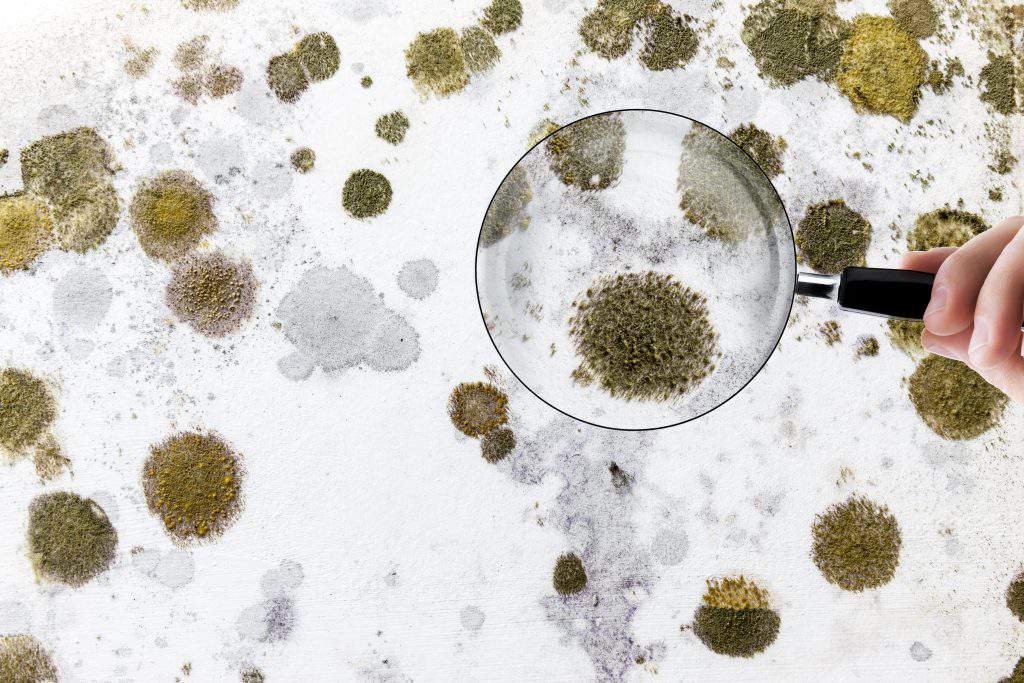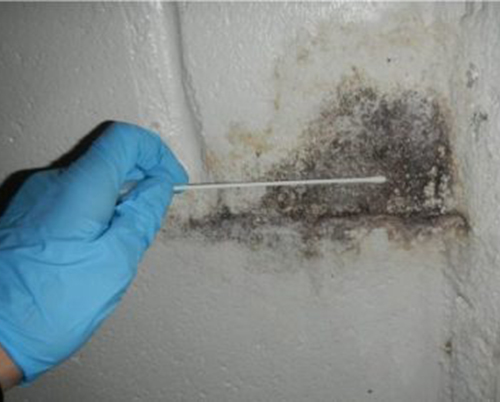Support on What to Do After Mold Remediation
Support on What to Do After Mold Remediation
Blog Article
Specialist Tips for Message Mold Removal Success
In the world of mold and mildew removal, efficiently getting rid of mold and mildew is only half the battle; the true difficulty hinges on stopping its reappearance. Post-remediation initiatives play a vital duty in making sure a mold-free atmosphere in the long term. By sticking to skilled tips and ideal methods, individuals can secure their spaces versus mold revival and maintain a healthy and balanced indoor setting. It remains in this phase of the removal procedure that focus to detail and aggressive procedures absolutely make a distinction.
Monitor Moisture Levels On A Regular Basis
Regular surveillance of moisture levels is crucial in ensuring the efficiency of message mold removal efforts. After completing mold and mildew remediation procedures, preserving optimal moisture levels is crucial to stop mold and mildew re-growth and make sure a healthy interior atmosphere. Surveillance moisture levels enables early detection of any kind of spikes or variations that can possibly result in mold and mildew resurgence. High moisture levels above 60% create a conducive setting for mold to flourish, making routine keeping track of a proactive action to prevent any type of future mold and mildew issues - Post Remediation verification.
Using hygrometers or moisture meters can help in properly determining moisture levels in different locations of the home. These devices offer real-time information that makes it possible for removal experts to make educated choices relating to air flow, dehumidification, and various other required actions to preserve perfect moisture levels post-remediation. In addition, developing a routine schedule for humidity checks, particularly in high-risk areas such as cellars, restrooms, and kitchen areas, is a proactive approach to mold and mildew prevention. By constantly checking humidity levels, homeowner can efficiently minimize the danger of mold reoccurrence and preserve a healthy indoor environment post-remediation.
Conduct Thorough Inspections Post-Remediation
Adhering to the completion of mold removal treatments, it is critical to conduct thorough evaluations to confirm the effectiveness of the remediation procedure. These post-remediation assessments are critical in guaranteeing that the mold and mildew concern has been efficiently addressed and that there is no reappearance or continuing to be mold growth. Assessments need to be carried out by certified experts that have competence in recognizing mold and evaluating indoor air top quality.
Throughout these evaluations, various methods such as aesthetic evaluations, air sampling, and surface sampling might be used to extensively review the remediated areas. Aesthetic evaluations involve an in-depth inspection of the facilities to look for any visible indicators of mold and mildew growth or water damage. Air sampling helps in figuring out the air-borne mold and mildew spore levels, while surface area tasting can find mold and mildew particles on surfaces.
Implement Proper Ventilation Techniques
After making sure the effectiveness of the mold removal procedure via comprehensive examinations, the next crucial action is to concentrate on executing correct ventilation methods. Appropriate air flow is vital in preventing mold and mildew reoccurrence by controlling dampness degrees and promoting air flow. To attain this, it is recommended to make use of exhaust fans in locations susceptible to high moisture, such as shower rooms and kitchen areas. Additionally, opening up doors and home windows when climate allows can assist enhance air movement and minimize moisture build-up. Air dehumidifiers go and cleansers are additionally important tools in maintaining ideal indoor air high quality.
Proper air flow not only aids in preventing mold and mildew growth yet also adds to the total health and comfort of owners. By making sure sufficient air flow throughout the residential or commercial property, you can decrease the threat of mold and mildew regrowth and produce a healthier living environment. Routine upkeep of ventilation systems, consisting of cleansing and filter substitutes, is vital to maintaining effective ventilation. Consulting with heating and cooling specialists can give additional understandings into enhancing air flow techniques for your particular building requirements.

Use Mold-Resistant Materials for Repairs
To enhance the long-lasting efficiency of mold and mildew removal efforts, integrating mold-resistant products for repairs is critical in reducing the threat of future mold growth. Mold-resistant products are designed to withstand dampness and hinder mold development, making them a vital selection for areas prone to moisture and humidity. When repairing areas affected by mold and mildew, utilizing products such as mold-resistant drywall, mold-resistant paints, and mold-resistant caulking can aid avoid mold reoccurrence.
Mold-resistant drywall is a superb choice to standard drywall in locations like cellars and washrooms where moisture levels are greater. When subjected to damp conditions, this type of drywall has an unique coating that stands up to mold development even. In addition, using mold-resistant paints consisting of antimicrobial representatives can even more hinder mold growth on ceilings and wall surfaces.
In locations where moisture prevails, such as restrooms and kitchens, utilizing mold-resistant caulking around windows, sinks, and tubs can assist seal out water and prevent mold and mildew from holding in splits and gaps. By purchasing these mold-resistant materials during repair work post-remediation, you can substantially decrease the chance of future mold and mildew issues and preserve a healthier interior setting.
Maintain Sanitation and Address Water Issues
Ensuring sanitation and without delay dealing with water problems are fundamental practices to promote in securing indoor areas from mold reinfestation. After mold remediation, it is essential to maintain a clean environment to stop the regrowth of mold (After mold remediation). Routine cleaning, cleaning, and vacuuming can help get rid of any kind of sticking around mold spores and stop them from resolving and multiplying. Additionally, keeping indoor areas completely dry and attending to any water concerns promptly is essential in mold prevention. Leakages, water intrusion, or high humidity levels can produce the perfect breeding place for mold and mildew, so it is important to fix any water-related issues right away.
To preserve tidiness, consider utilizing HEPA filters in vacuum cleaners and air cleansers to catch mold spores and stop their flow airborne. In addition, making sure appropriate air flow in areas prone to moisture build-up, such as kitchen areas and washrooms, can aid maintain humidity degrees in check. By remaining watchful concerning cleanliness and attending to water issues quickly, you can properly prevent mold and mildew reinfestation and keep a healthy indoor environment.
Final Thought

In the world of mold remediation, effectively getting rid of mold is only half the battle; the true challenge exists in avoiding its reappearance. After completing mold and mildew remediation procedures, maintaining ideal moisture levels is critical to stop mold re-growth and make sure a healthy interior atmosphere. High humidity degrees over 60% develop a helpful setting for mold and mildew to grow, making regular keeping track of an aggressive action to stop any type of future mold concerns.
To improve the long-lasting performance of mold and mildew remediation efforts, incorporating mold-resistant products for repair services is vital in alleviating the danger of future mold growth. After mold and mildew remediation, it is crucial to preserve a clean environment to protect against the regrowth of mold.
Report this page